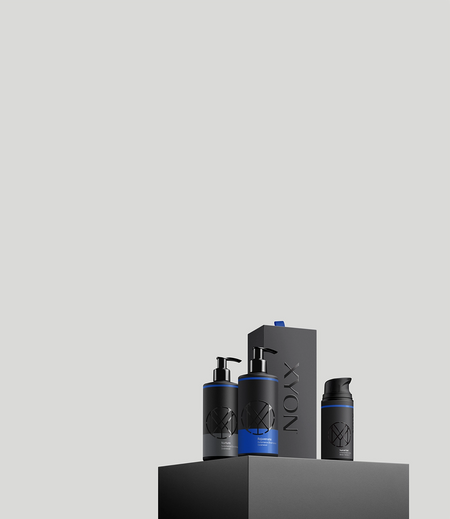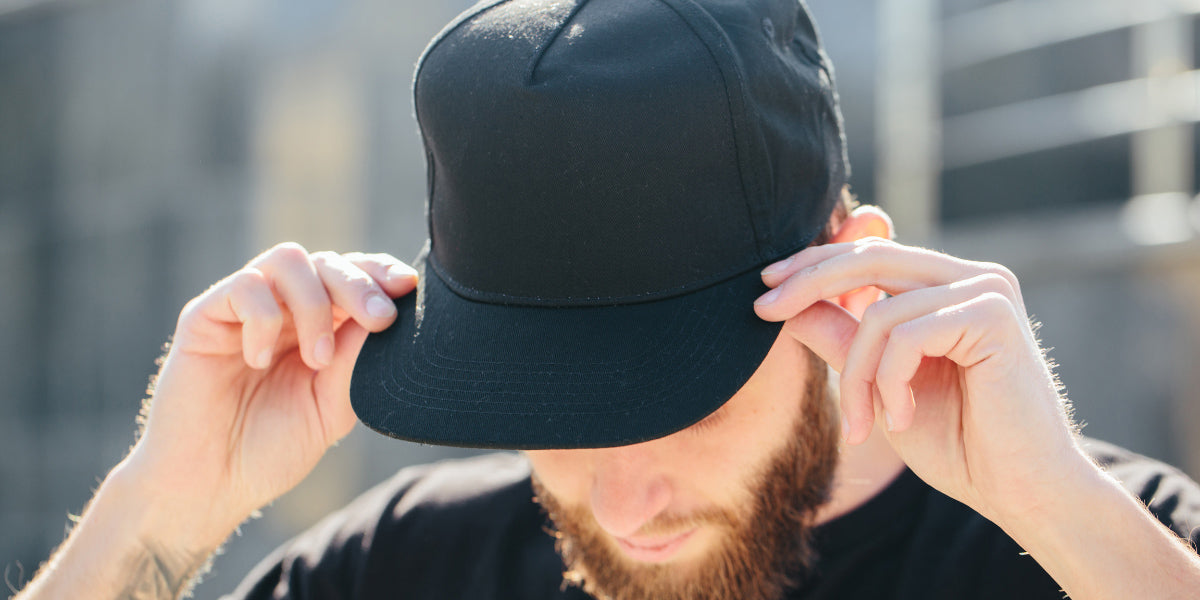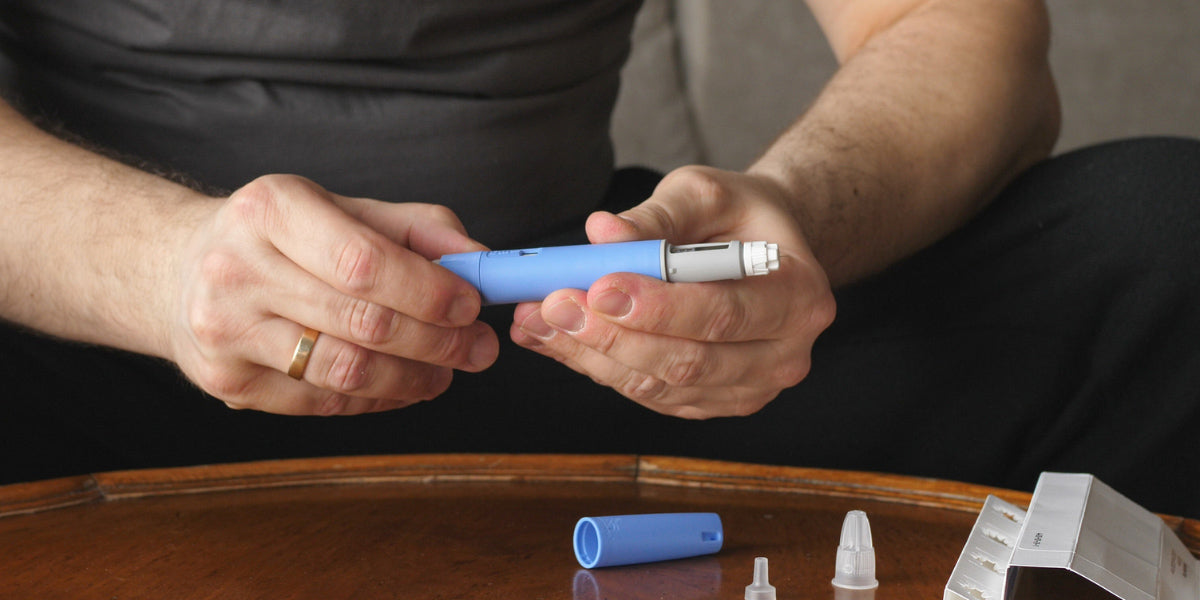Thinning hair can mean that your scalp requires greater protection from the sun, as well as the need for more warmth in the winter, making hats an ideal fashion choice for hair loss sufferers. But could wearing hats also be making your hair loss worse?
We set out to get to the bottom of the theory that hats cause hair loss, including input from Dr. Christina Han, a board-certified dermatologist based out of Vancouver, Canada and XYON’s medical director.
Do hats cause hair thinning?
It is unlikely that wearing a hat is causing your hair loss. In fact, hats can often be a beneficial form of protection against the cold and the sun. But we asked Dr. Han to weigh in:
“No, it’s a myth that hats cause hair loss. Unless a hat/headgear is on too tightly and restricts blood flow to the scalp, wearing a hat does not cause hair loss.”
What is traction alopecia?
Traction alopecia is a type of hair loss caused by constant pulling or tension on the root of the hair (Billero & Mativa, 2018). This is typically caused by habitually wearing a tight hair style, such as a slicked-back ponytail. In a similar way, using a hat to pull your hair out of your face also has the potential to cause traction alopecia. But as we mentioned above, the hat would need to be very tight to maintain enough traction to produce hair loss, so it is very unlikely.


Your hair loss requires the right solution. We can help.
Our hair loss experts can help assess your Norwood score and recommend the ideal treatment for you.
Does wearing a hat cause a receding hair line?
In short, wearing a hat will not directly cause a receding hairline.
A receding hairline refers to the thinning and loss of the hair at the front of the scalp, particularly at the temples, which gives the appearance of your hairline moving further back. It is a typical sign of androgenetic alopecia, more commonly known as male pattern baldness.
It’s the most common cause of hair loss in men and women and is caused by factors beyond our immediate control. For example, if your parents have experienced androgenetic alopecia, then you may have a genetic predisposition to the condition, making you more likely to develop the same type of hair loss. Dihydrotestosterone (DHT) is a hormone thought to be the primary culprit in this type of hair loss and high levels of DHT and/or increased sensitivity to DHT in those that are genetically susceptible, can cause the hair follicles to shrink, resulting in thinner, and miniaturized hair strands. This can lead to baldness over time.
Whilst wearing a hat will not cause male pattern baldness, it has the potential to speed up the shedding process. The act of putting on and pulling off the hat may cause hairs to fall out more quickly than they naturally would, especially where the follicles have undergone shrinkage and the anchoring of the hair to the scalp is weak.
Is wearing a hat everyday bad for your hair?
Although we know that wearing a hat is unlikely to lead to hair loss, it could affect our scalp hygiene. The scalp naturally produces an oily substance called sebum, so it is important to regularly wash your hair to prevent any buildup, which can lead to irritation on the scalp. Wearing a hat that hasn’t been washed regularly may harbor oils and bacteria that can also negatively impact your scalp and hair growth.
Hats and hair loss: Takeaway
Although it is unlikely that hats will directly cause hair loss, it is important to maintain good scalp hygiene if you are a frequent hat wearer, including washing the hat regularly to avoid bacterial overgrowth. If you suffer from a scalp condition that involves inflammation around the hair follicles, you might find that wearing a hat worsens the condition.
The general takeaway is that hats are unlikely to impact your hair health and can be a great option for protection from the sun. If you wear hats every day and have begun to develop hair loss, it is unlikely that the two are related and we recommend seeking a professional opinion to ensure appropriate steps are taken to your hair loss.
References List
Billero, V., Miteva, M. (2018). Traction alopecia: the root of the problem. Clinical, Cosmetic and Investigational Dermatology, 11, 149-159. https://doi.org/10.2147/ccid.s137296




